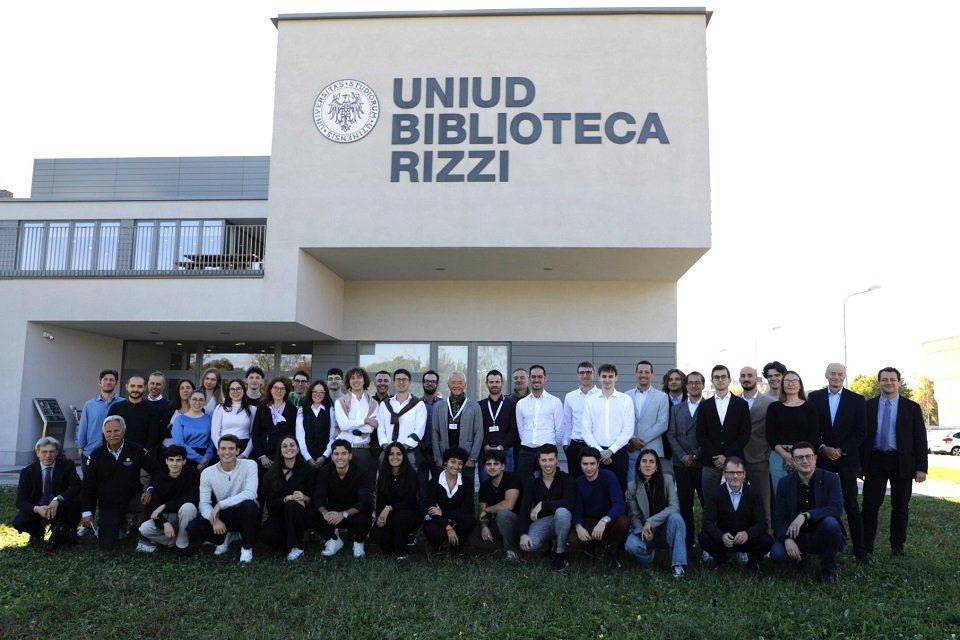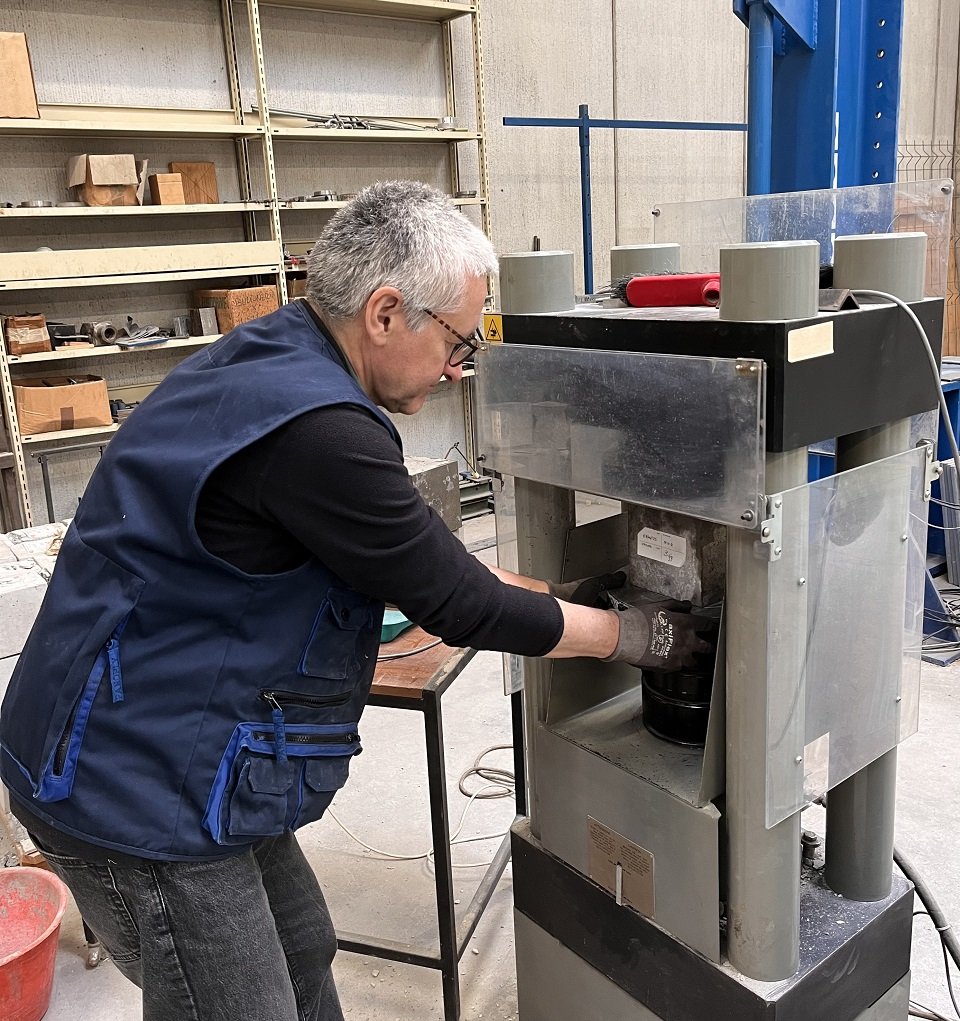
A study on surfactants conducted by the University of Udine and the Vienna University of Technology has earned the cover of Langmuir, an international scientific journal in the field of chemistry. Surfactants are substances used in detergents and cleaning products, as well as in food, cosmetics, and pharmaceuticals.
The research focused on the role of surfactants in oil–water mixtures, and the results could help design more stable and efficient products. For example, cleaners that are more effective even at low temperatures, foods with a longer shelf life, as well as safer and more effective pharmaceutical and cosmetic products, and even more sustainable industrial processes with reduced waste of raw materials and energy.
The study showed that when lipophilic surfactants — those that dissolve only in oil — are used, the oil-to-water concentration is higher. This results in a greater reduction in surface tension, enhancing the surfactants’ effect. In contrast, with hydrophilic surfactants, the oil-to-water ratio is lower and the effect is less significant.
Surfactants are chemical substances that reduce surface tension. They are added to biphasic systems, such as oil and water, to keep them stable in the “oil droplets in water” phase, preventing separation (i.e., oil on top and water underneath).
More news

 Find out more
Find out more
 Find out more
Find out more

Giuseppe Firrao elected new president of the Italian Society of Plant Pathology

Healthy ageing facilitates the ability to recount and express emotions and desires

Development of innovative cancer therapies, international project

Supplying advanced computing services and research laboratories with renewable hydroelectric energy recognised as a good practice in sustainable innovation

Finance and Sports: "Pn Trading Places," the financial education festival, kicks off

Start Cup Udine, eight entrepreneurial projects conceived by students, researchers, and teachers awarded

The Challenges of Living at “Collega-menti,” the University’s Festival Taking Over Udine’s Historic Center for Three Days
 Find out more
Find out more

Collega-menti Returns: The Cultural Festival of the University of Udine
Ludus: When “Serious” Games and Learning Meet in University Classrooms

Fibromyalgia, pilot study: pain decreases with treatment in an immersive virtual environment

Here is the 2025 version of the car born from an idea born 5 year ago with heaquarters at the Uniud Lab Village
 Find out more
Find out more

Automatically Certifying Multimedia Products Thanks to the Truthster Project App

Decline in the Willingness to Emigrate Among Graduates of the University of Udine
 Find out more
Find out more
 Find out more
Find out more
 Find out more
Find out more

Inauguration of the First Year of Operations of the Agricultural Company Contessa Florio
Three Events in Memory of Francesco Benozzo, Scholar, Poet, and Musician

Sustainable Living, National Research Coordinated by the University of Udine

Piasentina Stone and Rice Husk to Reduce Carbon Dioxide in the Production of Building Materials
Fundamental Physics: The University among the protagonists of the "Breakthrough Prize", an international scientific award
The University of Udine inaugurates "Ala," the Academy of Free Abilities
 Find out more
Find out more
Primary Language Disorder: Bilingualism Enhances Cognitive Skills in Bilingual Children
Life-Size Replica of an Assyrian Rock Relief Exhibited at Palazzo Antonini
The University lands in Japan, the partnership with the Kyoto Institute of Technology begins
Massimo Robiony, Expert in the Ministry's Technical Table on Head and Neck Neoplastic Diseases
The Dialogue Between East and West: A Conversation with Kader Abdolah

Scientific degree courses, the decision to enroll comes from afar, even for female students
 Find out more
Find out more
